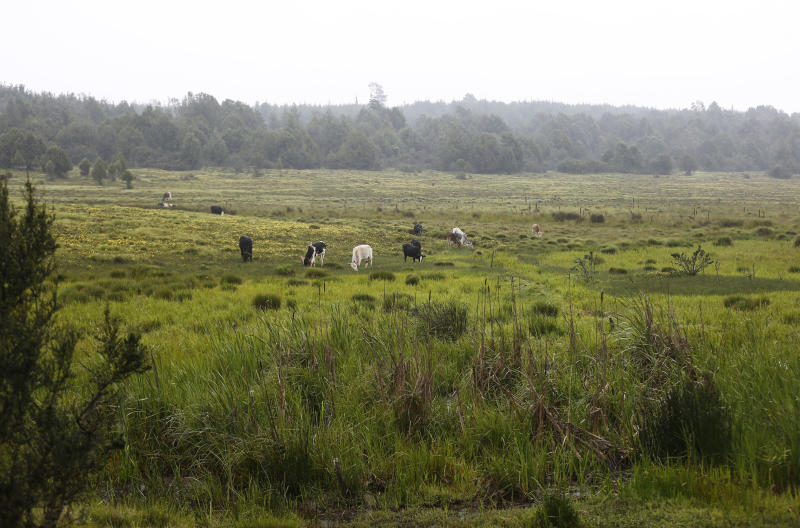×
The Standard e-Paper
Join Thousands Daily

Overgrazing, climate change and invasive plant species have been cited as the causes of depletion of wetlands.
The four have been highlighted as major threats to wetlands in Kenya in a new report by the National Environmental and Complaints Committee.